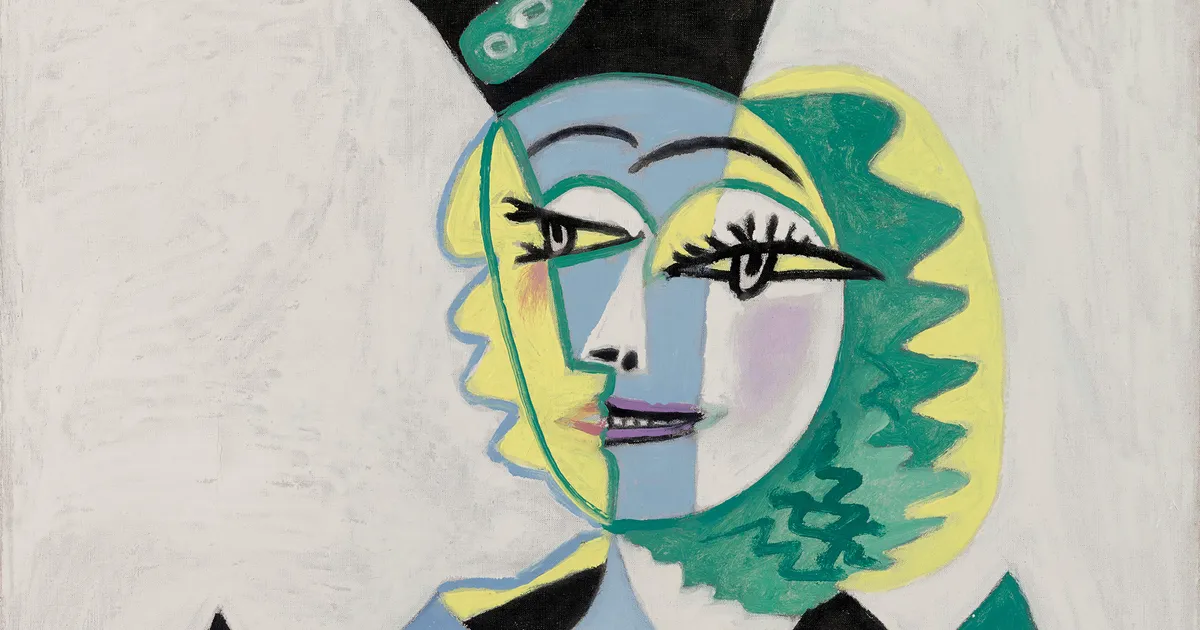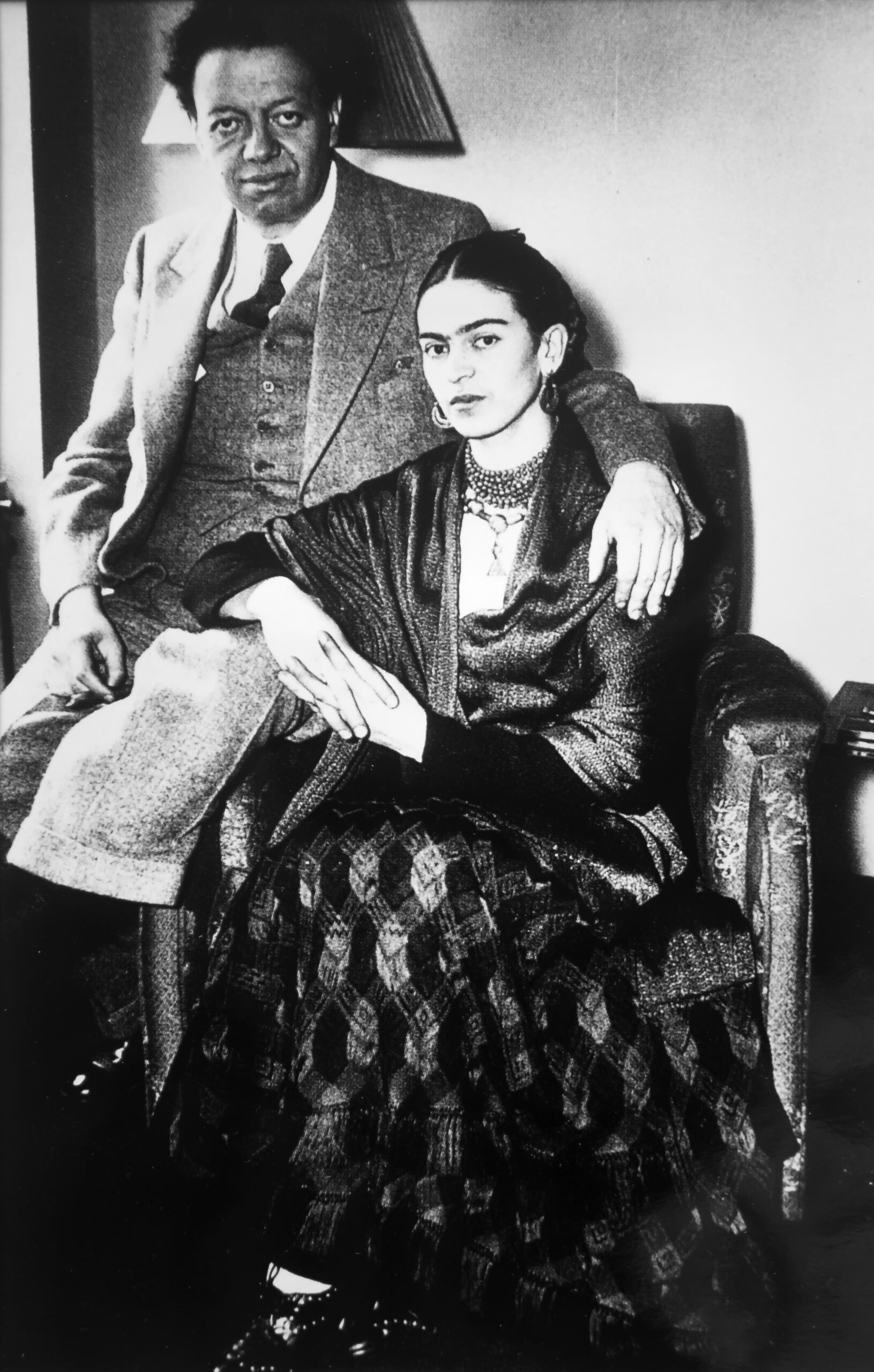Drinking cultures across the world have progressed, evolved and have gotten refined over centuries. It is interesting to see how it was first documented in Christian and Hebrew Bibles in Greek and roman literature (as old as Homer and Confucius’s Analects) in around the 450 B.C. A fundamental part of socialising back then, alcohol was regarded a recreational drug or a social lubricant. The purpose back then too remained the same – to create bonds, draw a sense of community and possibly establish business opportunities.
Different cultures have different customs, traditions, etiquettes etc. While the Indians, the British, the Icelandic, the Czech are late into the night drinkers, countries like Spain, France Russia, Germany are more accepting of day-time drinking. In the Czech Republic, once you finish your drink, you are required to place a coaster over your empty glass from keeping the bartender from continuously refilling you up. Whereas in Europe, US and now most cultures, the custom of ‘cheers’ and ‘looking into the eye’ is quite customary.
The interiors of a traditional izakaya.
Some traditions have more serious drinking roots, though. Speaking of which, Japan is known to have a very stiff culture of work as well as socialising. How you drink there, can be a sign of respect (and disrespect) for elders around. If and when out with colleagues, they would turn away their heads from managers or senior colleagues to avoid causing offence. When socialising with bosses, seating positions are very important. It indicates an individual’s business status; for instance, the highest ranking person will be seated at the head of the table. Similarly, when drinking alcoholic beverages, it is customary to serve each other rather than keep pouring the beverage into one’s own glass.
At the forefront of Japanese drinking traditions lies the “izakayas”. It is here that Japanese workers of all classes are encouraged to embrace the after-work-drinking culture as a way to forge a healthy relationship with their bosses, colleagues, co-workers and friends.
An izakaya in Japan at night.
Izakaya which literally means ‘stay-in sake shop’ (sakaya) are like tapas bars or gastro pubs where they serve drinks with a constant stream of small plates for co-workers or friends to come and unwind after work. Although alcohol is a major part of an Izakaya, the food offerings are quite diverse with dishes such as chicken karaage, yakitori, grilled fish and sashimi.
A Rich History
The izakaya culture dates back as far as Edo period (1603-1867) where these establishments began as liquor shops for folks to buy a bottle of sake and sit to drink. The interiors were much more cozy than typical bars and the menu would boast of various brands of sake along with varied food options. Its history can be interlinked to the history of sake that dates to 14th century to sake shops called Sakayas.
A sakaya would both brew and sell sake. They used ceramic vessels to make and store the drink. Since these sake pots were heavy and placed into the earth to ferment, they couldn’t be moved around. Hence customers who wanted to buy sake had to visit the sakaya and bring their own containers to fill it in.
Because of the competition among these sakayas in the neighbourhood, some owners tried novel gimmicks to lure the customers by offering salty snacks and pickled vegetables. That’s how the food menu started getting more diverse; and so did the range of other spirits available at the sakayas.
Traditional style izakaya which are called apachochin – are known for their red lanterns. They are smaller in size and play folk and traditional Japanese music. Some of them have private rooms with tatami mats where a large group can be seated on the floor with a low-lying centre tables.
Concepts of izakayas
Nomihodai (all-you-can-drink)
The concept is more on the lines of ‘happy-Hours’ -where one can drink all you can. This time frame is roughly two hours and one can expect a selection of drinks from sake, shochu, whiskey, wine, beer etc. This includes a basic cost so do not expect high-end cocktails.
Tabehodai (all-you-can-eat)
A typical izakaya menu consists of chicken karaage, edamame, kushiyaki (grilled meat or vegetable skewers), tsukune (seasoned meat), sashimi (slices of raw fish), agedashi dōfu (deep-fried tofu in broth), tebasaki (chicken wings), okonomiyaki (Japanese pizza), tsukemono (pickles), yakisoba noodles, chijimi (Korean spicy pancake), teppanyaki (hot pan barbecue), French fries, nabe (Japanese hotpot), and yakitori (grilled chicken skewers). There are also options of sashimi, sushi rolls, nigiri and yakizakana.
When you are seated at an traditional izakaya, you’ll be handed towel to wipe your hands and a small dish called an “otoshi” will be served. This is later billed as a table charge and guests can choose to pay for it or not.
At the end of the night, one can say “okaikei onegaishimasu” or make an X by crossing their index fingers, and bill will be brought to the table. This is almost never an itemised affair, so best to split things evenly within the group.
Traditional food served in izakayas.
The izakaya concept has made waves around the world recently and has now come to India as well, where many Japanese restaurants are conceptualising variations of the izakaya culture to give diners a brush of a traditional drinking experience. Mizu in Mumbai, Kuuraku in Delhi and Izakaya in Bangalore are a few that are exploring this trend. These restaurants are very “izakaya” in nature – chatty, raucous and camaraderie filled with a vast spectrum of small plate choices as well as abundant sake, shochu and other liquor of choice. Although a full scale izakaya restaurant can be sometime away, modifications are in place and they are being very well accepted by experimental Indians.
But when in Japan, an izakaya is a must visit, as there are not many places in Japanese life where you can see salaried people being carefree. Marked by red lanterns and long sake lists, izakayas are ubiquitous and resplendent with co-workers celebrating promotions, letting their hair down with bosses, young people drinking off their limits and families gathering for inexpensive weekend treats. A Japanese ideal of freshness and emancipation from a mundane mechanical lifestyle, I reckon.
Words by Nikita Das.
Images via Unsplash.








